1. Line Symmetry
If a line can be drawn dividing a figure into two equal halves, then the figure is said to be symmetrical about that line. The line is called the line of symmetry or axis of symmetry. We can find examples of objects showing line symmetry in nature. For example, a butterfly, some leaves and flowers show line symmetry.
Examples of line symmetry can also be found in many of our ancient and modern buildings. Objects that show line symmetry appear more balanced and beautiful. A figure may have just one or more than one line of symmetry.
The line of symmetry of a line segment is its perpendicular bisector. The bisector of an angle is the line of symmetry of the angle.
A kite shape has only one line of symmetry along one of the diagonals.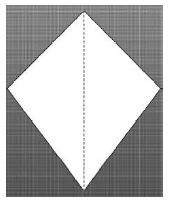
A rectangle has two lines of symmetry along the line segments joining the mid-points of the opposite sides.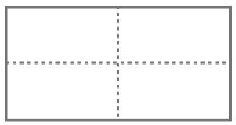
An equilateral triangle has three lines of symmetry along the line segments joining a vertex and the midpoint of its opposite side.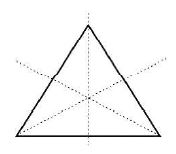
A square has four lines of symmetry along the diagonals and the line segments joining the mid-points of the opposite sides.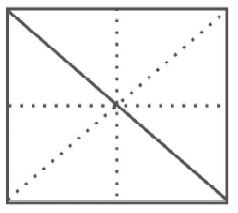
A circle has an infinite number of lines of symmetry all along the diameters of the circle.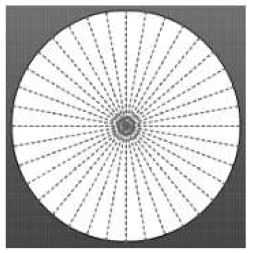
A rhombus has two lines of symmetry along the diagonals. A semicircle has one line of symmetry along the perpendicular drawn on the diameter. A scalene triangle has no lines of symmetry. An isosceles triangle has one line of symmetry along the line segment joining the vertex and the mid-point of the unequal side. A paralleogram has no line of symmetry.
When completing a given figure against a given line of symmetry, make sure that:
• Each part of the constructed figure is equal in measurement to its corresponding part in the given figure.
• Each point on the given figure and its corresponding point on the constructed figure are at the same distance from the line of symmetry.
2. Mirror Symmetry
The line of symmetry is related to mirror reflection. An object and its mirror image are equal in shape and size.

Mirror line
An object and its image are always at the same distance from the surface of a mirror, which is called the mirror line.
The left and the right sides of an object appear inverted in a mirror. An object and its image show mirror symmetry, with the mirror line being the line of symmetry. A kaleidoscope uses mirrors to produce images that have several lines of symmetry.
Letters written from right to left, appear written from left to right in their mirror image. The letters A, H, I, M, O, T, U, V, W, X and Y appear the same in their mirror image.
All the other letters of the alphabet appear reversed in their mirror image. Symmetry has plenty of applications in real life, as in art, architecture, textile designing, geometrical reasoning, kolams, rangoli, etc.








